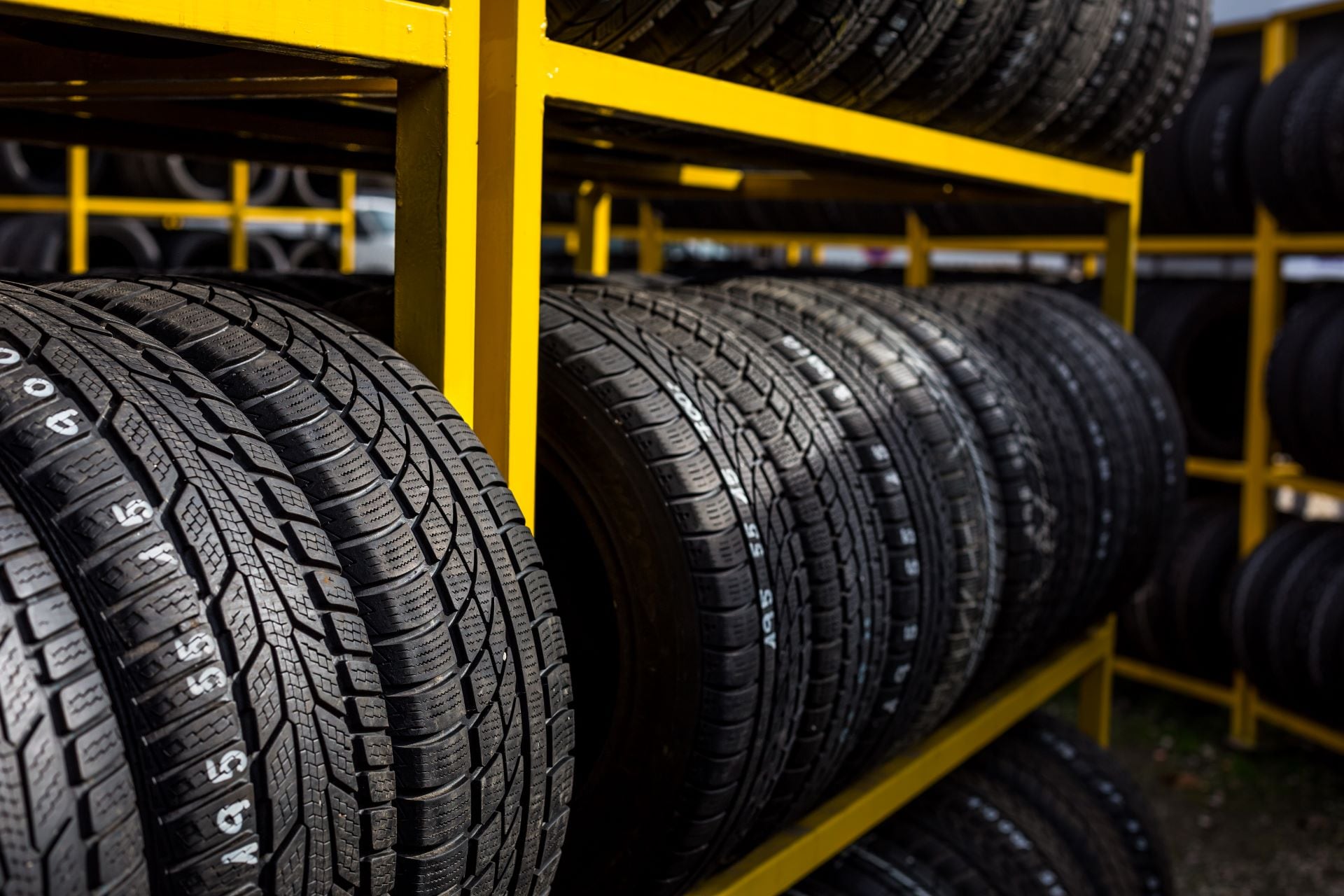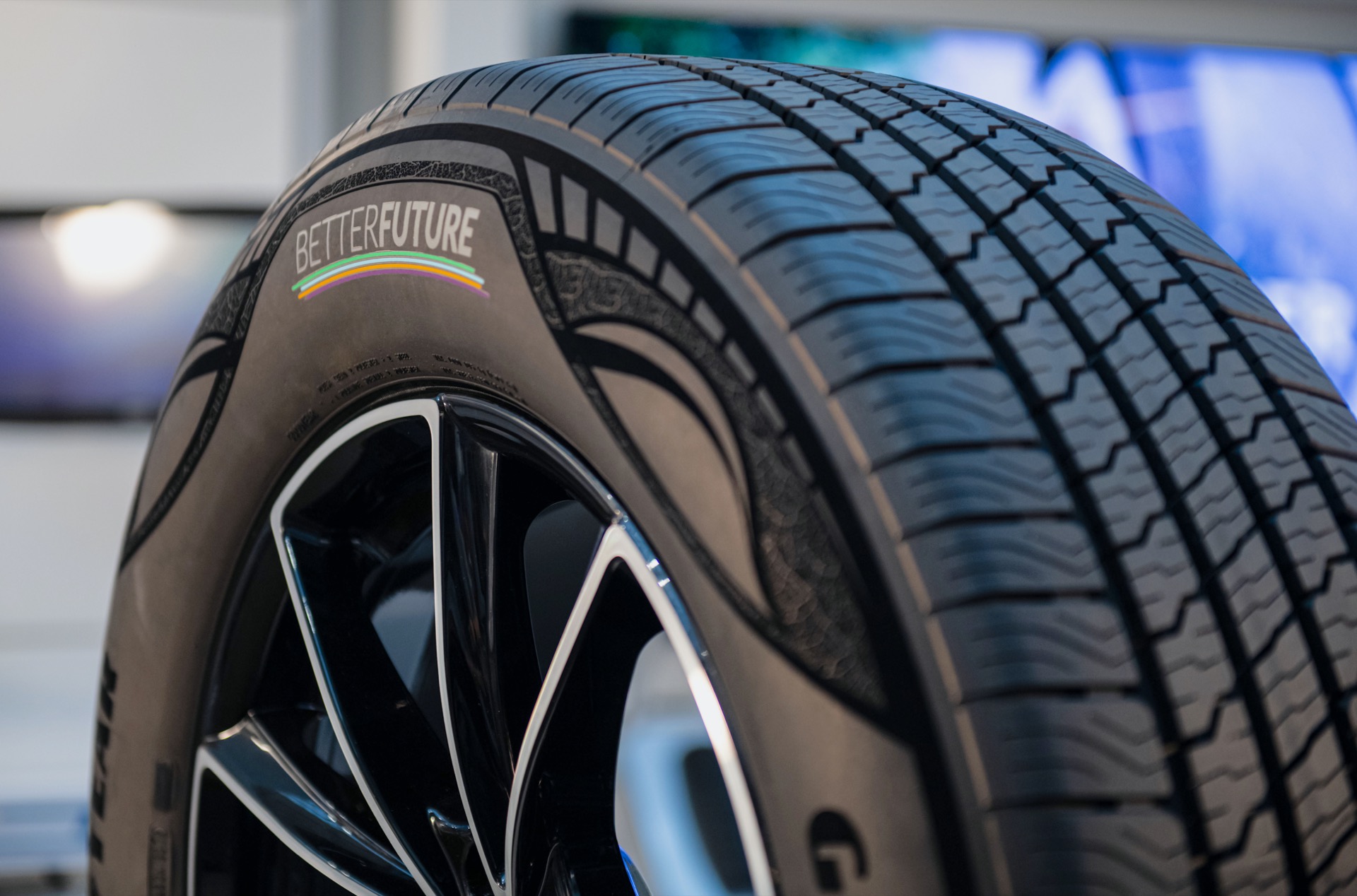Table of Contents
The modern world of transportation is ever-evolving, with new technologies and designs being developed to improve efficiency while reducing emissions. One such development is the design of tires, which has a direct impact on both fuel efficiency and carbon emissions.
This article will explore the various aspects of tire design that affect these two factors, as well as possible future developments in this area. From exploring how different tread patterns can affect rolling resistance to examining potential advancements in materials used for tires, this article seeks to provide a comprehensive look at how tire design affects fuel efficiency and carbon output.
Tire Design Features that Affect Fuel Efficiency and Carbon Emissions
The design of a tire has a huge impact on the fuel efficiency and carbon emissions of any vehicle. Tire manufacturers have long been aware of this fact, and are constantly innovating to create tires that reduce these negative environmental impacts while still providing reliable performance.
Several key features affect how well a tire can help improve fuel efficiency and reduce emissions. One important factor is rolling resistance – the amount of force needed to keep a tire rolling along the ground at a constant speed.
Tires with lower rolling resistance use less energy when moving, resulting in better fuel economy and fewer emissions. Other factors include air pressure maintenance, tread pattern, material type used for tread blocks, overall weight/size, and rubber compound composition.
By using materials such as silica or low-viscosity oils in the rubber compound mix, manufacturers can achieve improved traction while also reducing rolling resistance so that vehicles require less energy to move them forward – ultimately leading to higher fuel efficiency ratings and lower levels of carbon dioxide being released into the atmosphere from car exhausts. The specific tread patterns chosen by designers also play an important role in determining how much friction is generated between the road surface and tire; by optimizing their designs they ensure vehicles remain efficient regardless of their driving conditions or terrain type encountered during their journey.
Finally, proper inflation pressure helps maintain optimal contact between tires’ surfaces and roads which reduces wear over time significantly enough to increase gas mileage compared with underinflated tires
Benefits of Tires Designed for Improved Fuel Efficiency and Low Carbon Emissions

Tire design plays an important role in optimizing fuel efficiency and reducing carbon emissions. Tires designed for improved fuel efficiency and low carbon emissions offer many benefits to drivers.
One major benefit is that they can help reduce the amount of fuel needed to drive a certain distance, resulting in cost savings at the pump. Along with this, tires designed for improved fuel efficiency often feature special tread patterns that are specifically engineered to maximize traction while minimizing drag on the road surface, which further reduces energy consumption from both friction and air resistance.
Another advantage of these tires is that their increased rolling resistance helps keep vehicles running more smoothly by absorbing bumps or other imperfections on roads. This also makes driving safer as it provides better control over steering and braking power when encountering difficult conditions like rain or snow-covered roads.
Additionally, the lower rolling resistance minimizes heat buildup within tire rubber which helps keep temperatures cooler during long drives – a plus for those who frequently take extended trips behind the wheel! Finally, these tires are typically made from materials such as natural rubber or synthetic rubbers derived from recycled materials such as plastic bottles; not only does this make them much lighter than traditional steel belted radial tires but it also contributes towards lowering CO2 emissions into our atmosphere due to reduced manufacturing costs associated with producing them.
Challenges in Achieving Maximum Tire Performance
Despite the numerous benefits that optimized tire designs can bring to fuel efficiency and carbon emissions, there are several challenges to achieving maximum performance. For instance, tire pressure must be carefully managed for a vehicle to achieve optimal performance.
If the pressure is too low, it will cause an increase in rolling resistance and lead to higher levels of energy consumption. On the other hand, overly inflated tires could lead to premature wear and tear or blowouts.
Drivers need to have some basic knowledge about how tire design impacts fuel efficiency and properly maintain their vehicles’ tires at all times. In addition, changes in road surface conditions can significantly affect a vehicle’s performance with different types of tires due to differences in friction coefficients between wet surfaces and dry pavement.
As such, drivers should be aware of these changing conditions when operating their vehicles on highways or city streets as they may require adjustments in speed or braking distances based on available traction from their current tire setup. Lastly, despite advances being made by manufacturers towards producing more efficient rubber compounds for increased longevity and better handling capabilities; the cost associated with purchasing new sets of high-performance tires has yet to become competitive enough within the market compared to conventional models which offer cheaper but less effective solutions overall.
Conclusion

The design of car tires has an immense impact on the fuel efficiency and carbon emissions of a vehicle. By using Tema Accra Car tyres, which have been designed with aerodynamic optimization in mind to reduce drag force, cars can experience improved fuel efficiency and reduced carbon emissions. With improvements in technology, manufacturers can produce optimally designed tires that both save money on gas expenses and help protect the environment by reducing emissions.
Ultimately, tire design is an important factor to consider when looking for ways to improve the performance of your car while also doing your part for climate change prevention.

